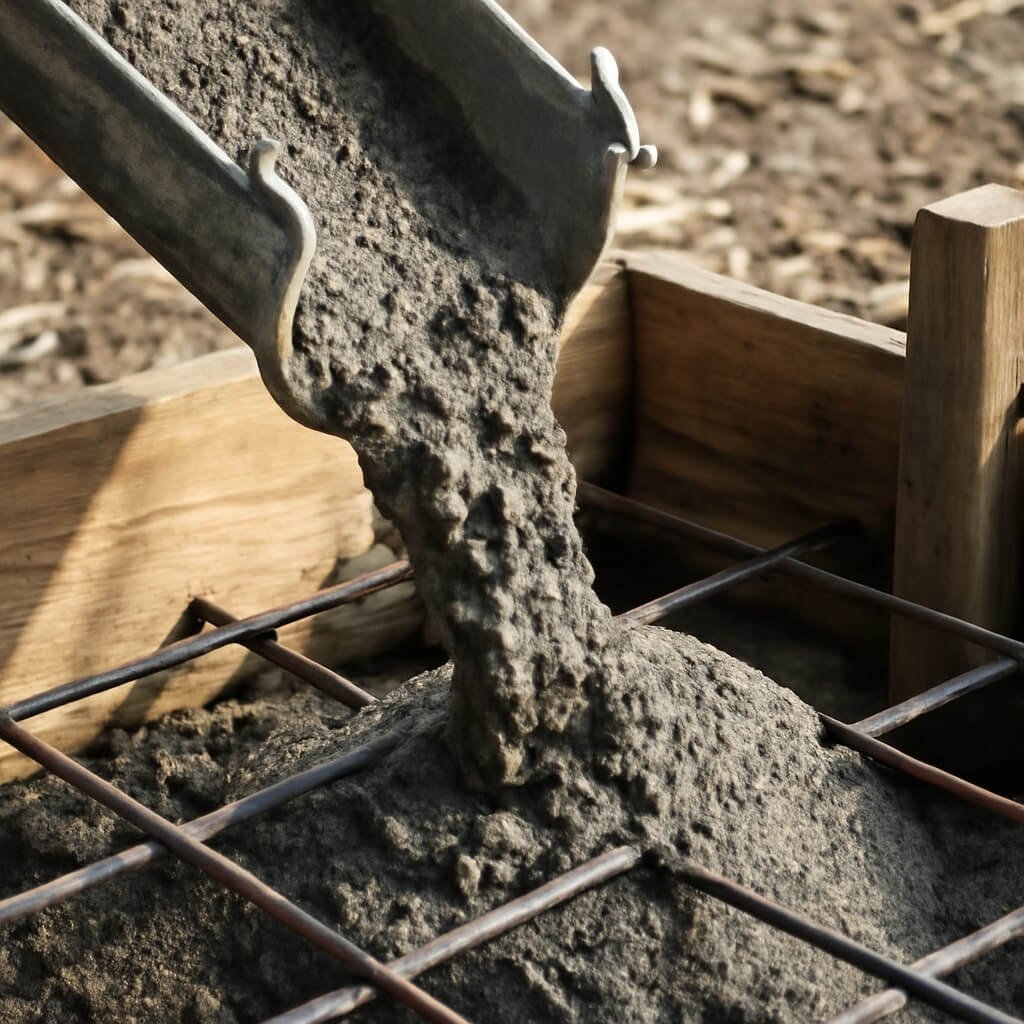Concrete curing is a critical process in construction that significantly influences the strength, durability, and longevity of concrete structures. Proper curing ensures that concrete retains adequate moisture and temperature to complete the hydration process, which leads to the formation of a strong, stable matrix. Without effective curing, concrete can suffer from cracks, reduced strength, and surface imperfections, ultimately compromising the structural integrity.
In recent years, the demand for faster construction timelines and higher quality standards has driven the use of additives that improve concrete curing speed and quality. These additives not only accelerate the curing process but also enhance the final concrete properties, ensuring better performance under various environmental conditions.
What Are Concrete Additives?

Concrete additives, sometimes called admixtures, are substances added to the concrete mix during or after batching to modify its properties. Unlike aggregates or cement, additives serve specialised functions such as improving workability, accelerating or delaying curing, enhancing durability, or reducing water content.
In the context of curing, additives can be tailored to speed up or control the hydration reaction, improve moisture retention, or protect the concrete from environmental stresses during the curing phase. Their precise formulation allows for customised performance, meeting the unique requirements of different construction projects.
How Additives Influence Concrete Curing Speed
Additives influence concrete curing speed primarily by affecting the chemical hydration reactions of cement and improving environmental conditions for curing. The hydration of cement is an exothermic chemical reaction where cement compounds react with water to form binding gels. The rate of this reaction determines how quickly concrete gains strength.
Chemical Reactions Involved
Certain additives contain chemicals that catalyse hydration reactions or provide additional nucleation sites for cement crystals, thereby accelerating curing. For example, calcium chloride, a common accelerator, enhances the formation of calcium silicate hydrate (C-S-H), which is responsible for strength gain.
Environmental Factors and Additive Performance
Temperature and humidity are crucial in curing efficiency. Additives can modify how concrete responds to these environmental factors. In cold climates, accelerators help maintain curing speed despite low temperatures, while retarders delay setting in hot conditions to prevent premature drying and cracking.
Top 15 Additives That Improve Concrete Curing Speed and Quality
Here are the top 15 additives that construction professionals commonly use to improve concrete curing speed and quality, with detailed insights on each:
1. Accelerators (Calcium Chloride, Non-Chloride Alternatives)
Accelerators like calcium chloride speed up cement hydration, reducing the setting time significantly. Non-chloride alternatives have emerged to avoid corrosion risks on steel reinforcement, providing safer acceleration.
2. Superplasticisers
Superplasticisers increase workability without adding extra water, which helps maintain strength and promote uniform curing by ensuring thorough hydration.
3. Silica Fume
Silica fume is a pozzolanic material that reacts with calcium hydroxide in concrete, creating additional cementitious compounds that boost strength and durability.
4. Fly Ash
Fly ash replaces a portion of cement and contributes to a denser microstructure, improving curing quality and long-term strength.
5. Ground Granulated Blast Furnace Slag (GGBFS)
GGBFS enhances concrete strength and reduces permeability by refining the pore structure during curing.
6. Air-Entraining Agents
These additives introduce tiny air bubbles into the concrete, improving freeze-thaw resistance and overall durability, which supports quality curing.
7. Water-Reducing Agents
Water reducers lower the water-to-cement ratio, improving hydration and reducing drying shrinkage during curing.
8. Retarders
Retarders delay the setting time, offering better control in hot weather and preventing early cracking.
9. Hydration Control Additives
These provide precise control over the hydration process, allowing customised curing schedules.
10. Nanomaterials
Nanoparticles enhance hydration by providing additional nucleation sites and filling pores for superior strength.
11. Polymers
Polymer additives improve bonding, flexibility, and curing quality in specialised concrete mixes.
12. Anti-Freeze Additives
Used in cold weather, these prevent freezing during curing and maintain hydration.
13. Corrosion Inhibitors
Protect steel reinforcement from corrosion, indirectly supporting curing quality.
14. Shrinkage-Reducing Agents
Help minimise shrinkage cracks during curing.
15. Colouring Agents
While primarily aesthetic, some colouring agents impact curing speed and surface integrity.
Benefits of Using Additives for Concrete Curing
Using additives brings numerous benefits:
- Accelerated construction schedules through faster curing.
- Improved concrete strength and durability.
- Enhanced resistance to environmental stresses.
- Reduced risk of cracks and surface defects.
- Better control over setting time tailored to project needs.
- Cost savings by optimizing materials and reducing delays.
Best Practices for Selecting and Using Concrete Additives
Selecting the right additive depends on factors like project size, environmental conditions, required curing speed, and concrete type. Always consider compatibility with cement and aggregates, and consult manufacturer’s guidelines for dosage. Trial mixes are recommended to verify performance before full-scale application.
Common Challenges and Solutions When Using Additives
Challenges include improper dosage, incompatibility with other mix components, and unexpected effects on workability or strength. These can be overcome by thorough testing, quality control, and using additives from reputable suppliers.
Case Studies: Successful Use of Additives in Concrete Projects
Examples include rapid highway repair using calcium chloride accelerators, improved durability in marine structures with silica fume, and large-scale precast manufacturing benefiting from superplasticisers and hydration control agents.
FAQs on Additives That Improve Concrete Curing Speed and Quality
Can accelerators cause corrosion in reinforced concrete?
How do superplasticisers affect curing speed?
Are there environmental concerns with using additives?
Can additives be mixed?
How do additives impact concrete cost?
What additive is best for cold-weather curing?
Conclusion: Maximising Concrete Performance with Additives
Additives play a vital role in modern concrete construction, enabling faster curing and higher quality outcomes. By understanding the options and applying best practices, engineers and builders can enhance structural integrity, reduce costs, and meet demanding project timelines. As technology advances, innovative additives promise even greater benefits for the future of concrete curing.



